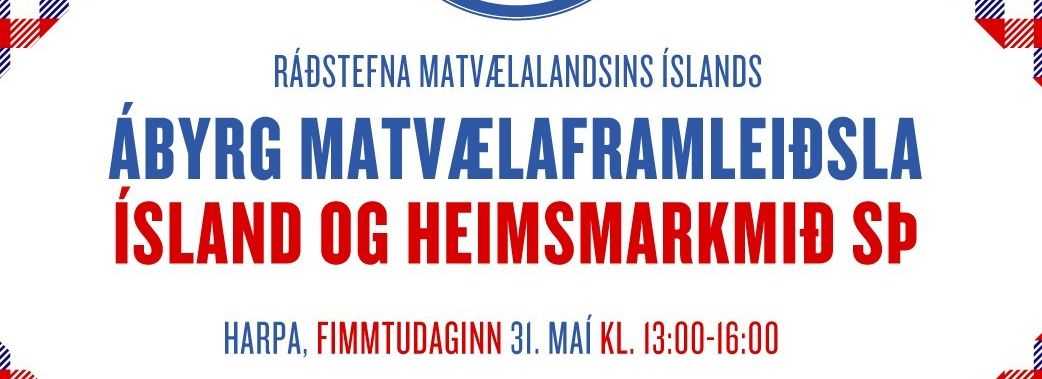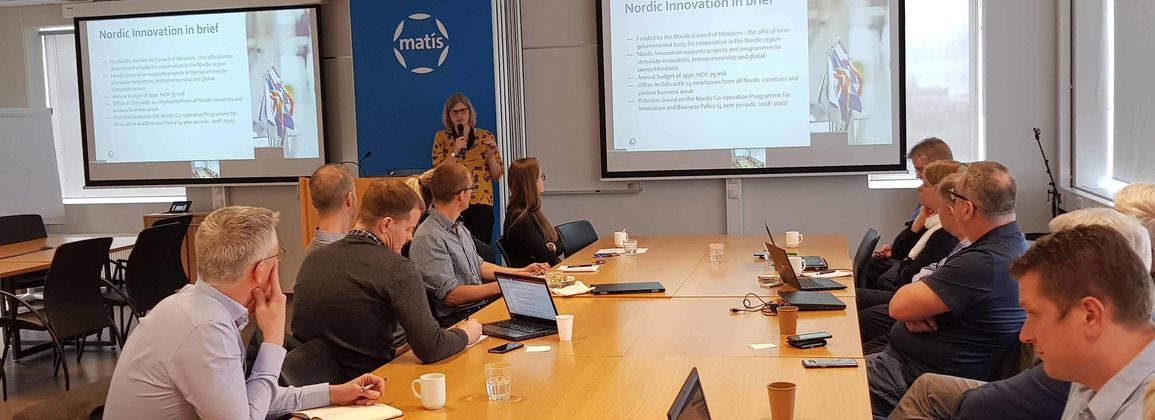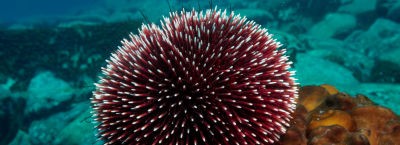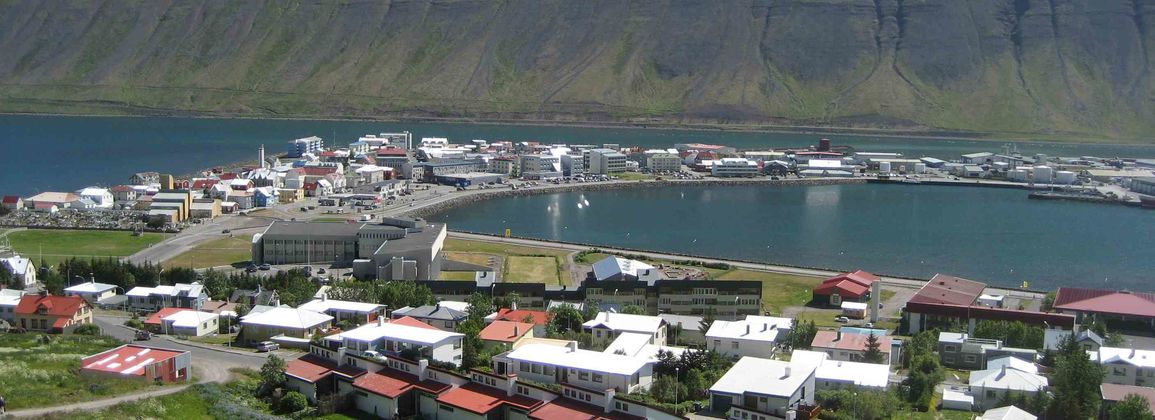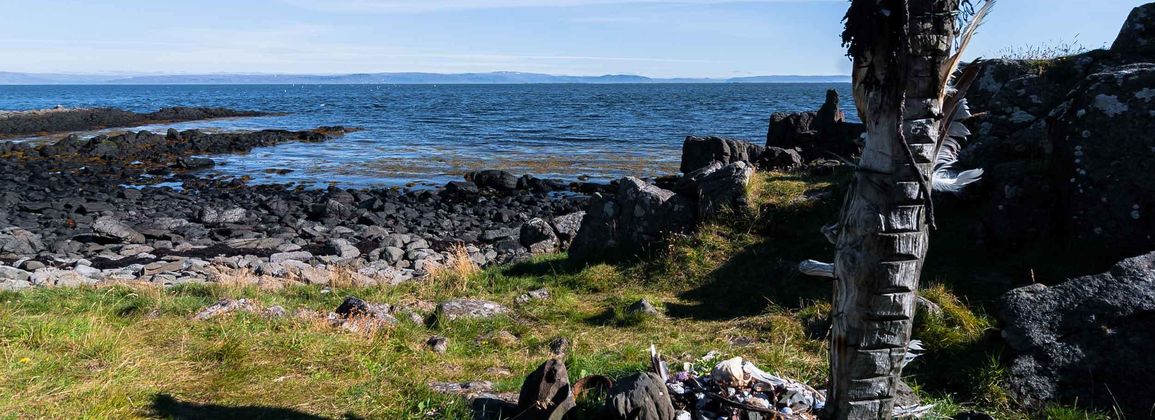Co-operation Forum on Food Land Iceland will hold a conference on responsible food production and the United Nations' global goals, on Thursday 31 May in Harpa at 13.00-16.00.
The conference will focus on how companies in the food sector can adopt responsible production methods, for example by increasing sustainability, reducing waste, increasing energy efficiency, improving resource utilization and managing the environment.
Serena Brown, Director of Sustainable Development at the consulting firm KPMG in England, will give a talk on the UN's global goals and sustainable development. Among other things, it will discuss the opportunities for companies in the food sector to assimilate its value. KPMG's field of sustainable development has for years researched and advised companies and institutions to implement responsible production methods in their operations.
Sveinn Margeirsson, CEO of Matís, talks about the competitive advantage on the basis of responsibility and disclosure, and Einar Snorri Magnússon at Coca Cola European Partners talks about his company's activities in this area. Heiðrún Lind Marteinsdóttir at SFS talks about responsible fishing and in the second part of the conference, experiences will be told from various sources, including agriculture, industry, hotel management and land reclamation.
The United Nations Sustainable Development Goals, or the Global Goals, adopted at the 2015 UN General Assembly, herald global progress. They concern society in the broadest sense, such as production methods, energy use, cooperation, the eradication of poverty and hunger, and should ensure good health and well-being, to name but a few. The goals are seventeen in number along with 169 sub-goals and the countries of the world must achieve them by 2030.
The conference will discuss in detail how the goals affect Icelandic food production, from strategy to actions involving companies, institutions and the government. Efforts will be made to shed light on the opportunities and challenges that the goals of Icelandic food production have.
There is no entrance fee to the event and it is open to everyone. The moderator is Elín Hirst, a media woman. Registration is on the website si.is.
The co-operation forum Matvælalandið Ísland is run by the Farmers' Association, the University of Iceland, Íslandsstofa, Matís, Matarauður Íslands, the Icelandic Tourism Association, the Icelandic Fisheries Association and the Icelandic Industry Association.
Agenda
Kl. 13.00 Presentation and presentation of the Ecotrophelia Ísland award
Kristján Þór Júlíusson, Minister of Fisheries and Agriculture
Matvælalandið Ísland: Competitive advantage based on responsibility and information
Sveinn Margeirsson, CEO of Matís
The Sustainable Development Goals: Opportunities for the Icelandic Food Industry
Serena Brown, Director, Sustainable Development KPMG International
The road ahead
Einar Snorri Magnússon, CEO of Coca Cola European Partners in Iceland
Responsible fishing
Heiðrún Lind Marteinsdóttir, CEO of SFS
Experience stories from various sources
- Arnheiður Hjörleifsdóttir, farmer in Bjarteyjarsandur
- Eva María Sigurbjörnsdóttir, Eimverk's production manager
- Bryndís Marteinsdóttir, project manager at Landgræðsla ríkisins
- Ólafur Helgi Kristjánsson, chef at Hótel Saga
- Guðrún Hafsteinsdóttir, Marketing Director of Kjörís
Board of Directors: Elín Hirst media actress
Harpa - Kaldalón
on Thursday, May 31st
at 13.00-16.00
The conference is free and open to everyone, but it is necessary to register on the website of the Confederation of Icelandic Industries, www.si.is.


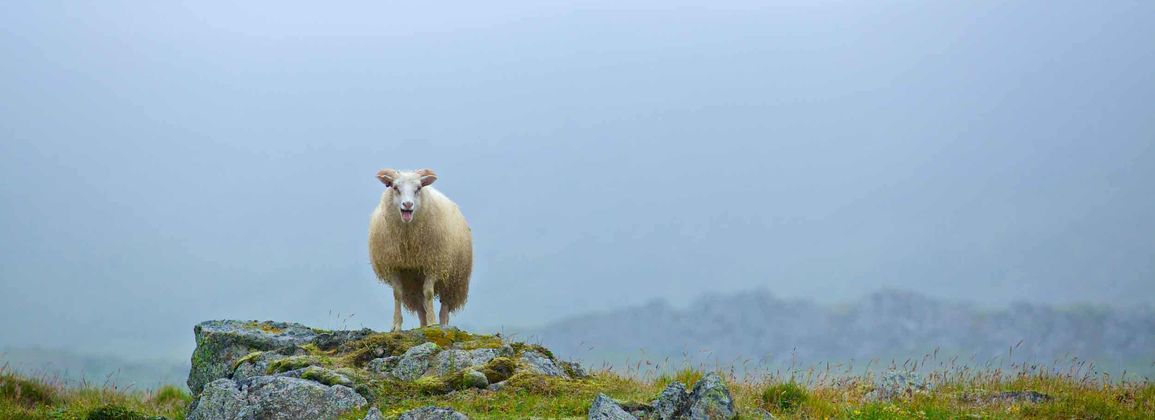
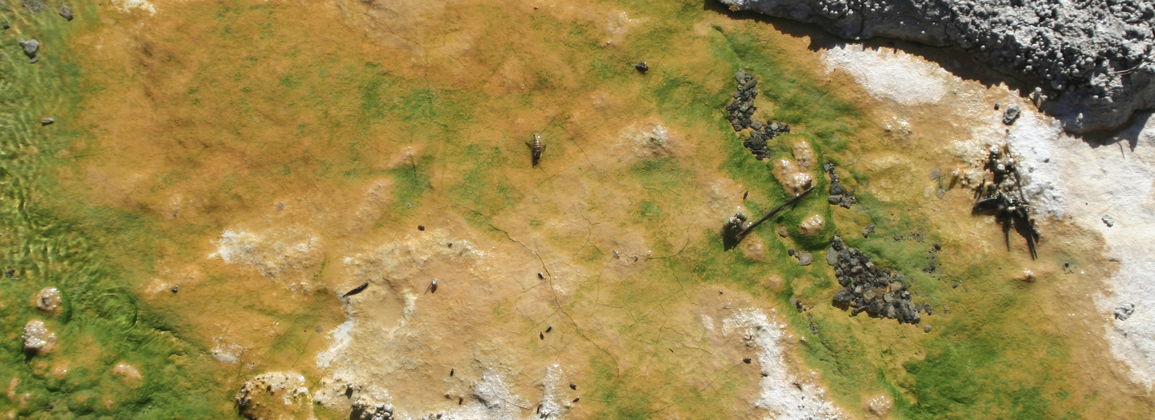
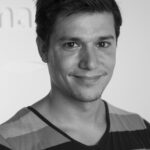
 Project overview - author Antoine Moenaert.
Project overview - author Antoine Moenaert.